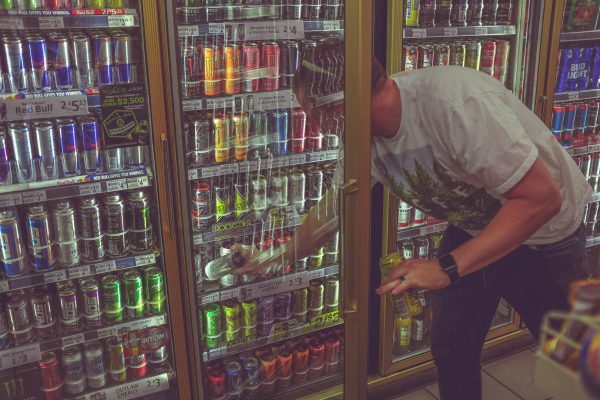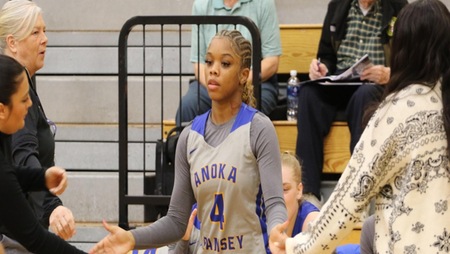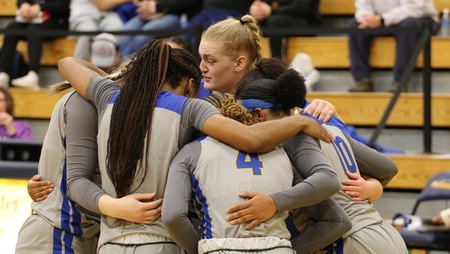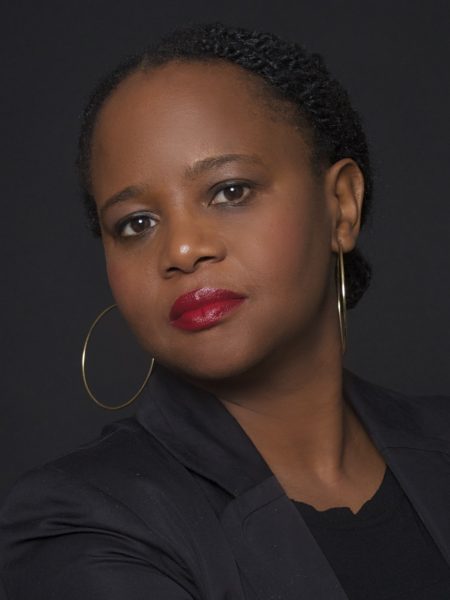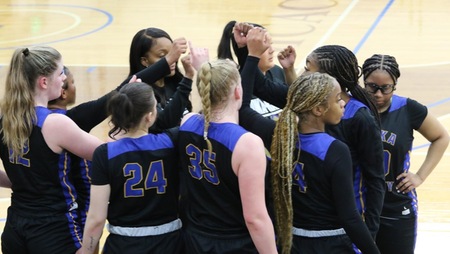Student survival guide: Generation Fake News.
Tips on how to find fake news and its impacts.
April 27, 2021
Before literacy became available to the masses, only those who could read were able to properly make informed decisions.
Now, so much information is being pumped through the fiber-optic veins of the internet, that it is hard to see what credible news is and what is fake.
In the 2020s, news is often absorbed through the rumor mill of social media or opinion-heavy blogs. Social media continues to be a dominant source of information despite its recognized lack of accuracy. It’s the 21 century’s game of telephone, measured by like buttons and reposts.
According to Pew Research Center, 18 percent of U.S. adults get their political news through social media. Of those adults, 48 percent are 18–29 years of age.
The research also found that people who use social media as their main source of news are less likely to follow major news stories. Additionally, they have less knowledge of current events.
It’s time some in the Millennial and Gen Z generations to bring woke culture to a higher state of awareness.
Fake news history

The term fake news is the intentional circulation of misleading or deceptive reports to news consumers.
Fake news isn’t new. For example, the story of Nero playing the lyre while Rome burned is fake. He was in Antium when the fire started.
Benjamin Franklin wrote under a false name, published stories about Titan Leeds and how Leeds was going to die on Oct.17, 1733, at 3:29 p.m. Franklin lied to help sell his almanac as Leeds had a more successful one. Leeds died in 1738.
Why does it matter if someone spreads fake news or rumors? Because of the consequences.
Impacts of fake news
There is no proof that the 2020 election was rigged. However, people believe it anyway. As a result, on Jan. 6, the U.S. Capitol was overrun by armed rioters and 5 people died as a result.
Almost a century ago, Nazis used misinformation to gain support of their regime. Their use of anti-Semitic propaganda effectively convinced people that Jews were less than human and to blame for Germany’s surrender in World War I.
Not all impacts of fake news are tragic.
It was reported that Corona beer lost sales because people believed COVID-19 was the cause of it. This is not true. Many beer companies were impacted by the virus due to lost sales.
There is no easy answer as to why fake news exists, but one reason may be confirmation bias.
Confirmation bias is the inclination to search for or interpret information that favors one’s current or prior beliefs. In other words, some people only believe information that reflects their beliefs.
There is no quick way to determine whether a news source is credible.
People can find credible news by putting aside world views and emotions and start critically thinking about what they are reading.
Here are some basic forms of fake news.
How to spot bias
News companies targeting a specific political demographic aren’t fake news. If news is reported, and it did happen, it is still news. If the news company targets a conservative or liberal audience, the news may have some bias to it.
Within the crossfire of bias bipartisan propaganda, there are three sides to every story—the left, the right, then the truth somewhere within them. Not left. Not right. Not center. Just somewhere in there. No side is credible by default.
How to spot click-bait
The purpose of a headline is to summarize the overall message of an article. If a headline is misleading and has little or nothing to do with the article, it is considered click-bait.
Here is an example of a click-bait article on a right-wing website. The policy in the article exists but it is not discriminatory. Discrimination is the unjust or prejudicial treatment of different categories of people. If a reader feels that developing a policy that concentrates on minorities over majorities is unjust, that would be their opinion.
How to spot tabloids
The most obvious source of fake news are tabloids, often found at grocery checkout lanes.
Tabloids don’t hide as well as other fake news sources, like when the 1994 Los Angeles earthquakes opened the gates of hell, or when Bigfoot accepted Bat Boy’s vice presidential request during the 2020 election.
Although some tabloids have offered true stories, like during the OJ Simpson trial. They mostly exist to entertain readers.

How to find a credible news
In order to make rational choices about the news, people need objective and ethical journalism. Opinions claiming to be factual circle around the water cooler and become a microcosm of misinformation.
Credible news follows basic tenants of journalism: accuracy and objectivity. Sometimes non-credible news sources can be hard to recognize.
Here are some ways to determine whether a news source is credible.
- Research the news source and the reporter. Evaluate the news story and its key facts
- Search the internet to see if other news organizations have reported the same claims
- Investigate the article’s sources for bias. Make sure the story has at least two varying perspectives.
- Look at things like the news organization’s reputation, longevity of the organization and circulation numbers. The longer a media company has been around, the more likely they’ve provided honest journalism.
These are not the only steps. They are limitless. The key take away here is: search and question. Even if you trust the news source, question its validity. Its credibility.




